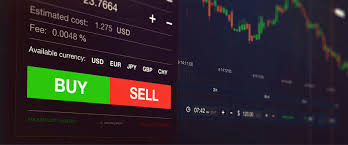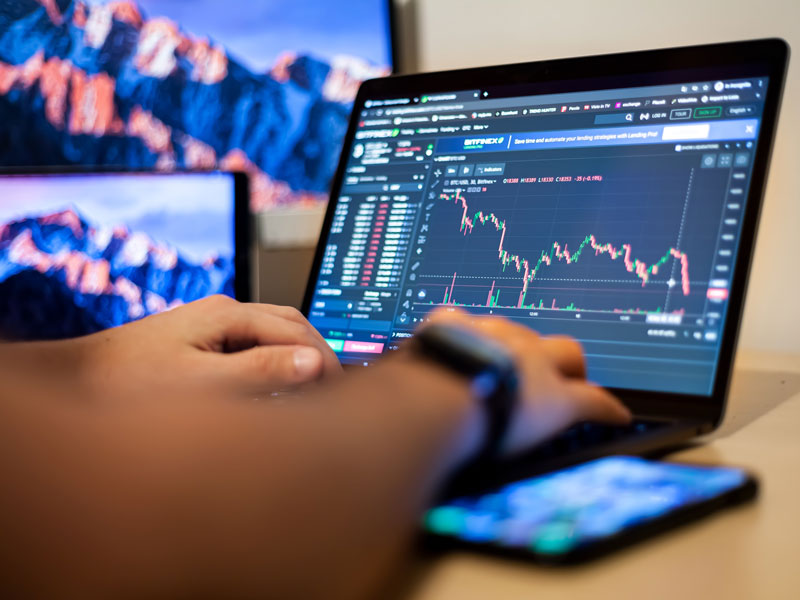Mostbet অ্যাপের অসুবিধাগুলি: বাংলাদেশের ব্যবহারকারীদের জন্য একটি পর্যালোচনা
November 10, 2025Unlocking Mobile Forex Trading A Comprehensive Guide
November 10, 2025
Understanding Forex Trading Times: Maximize Your Trading Potential
Forex trading times are crucial for traders who want to optimize their trading strategies and achieve the best results in the market. The foreign exchange market is open 24 hours a day, five days a week, but understanding when to trade is essential. Various factors can influence market activity, and knowing the best times for trading can give you an advantage. Whether you are a beginner or an experienced trader, it is vital to grasp the timing aspect of forex trading. This article will delve into the best times to trade Forex, how different market sessions work, and why it’s beneficial to understand these dynamics. Additionally, you may find helpful resources by exploring forex trading times Forex Brokers in Uganda, which can aid your trading journey.
The Forex Market: A 24-Hour Trading Environment
The forex market is unique in its accessibility. Unlike stock markets, which operate on a set schedule, the foreign exchange market allows traders to buy and sell currencies at any time during the trading week. This continuous operation is due to the global nature of forex trading, with major financial centers situated in different time zones around the world.
Understanding Trading Sessions
The forex market consists of three major trading sessions: the Asian session, the European session, and the North American session. Each session has its characteristics, and understanding them can help traders choose the best times to enter or exit positions.
1. The Asian Session

The Asian trading session starts from 11 PM to 8 AM GMT, with major financial centers located in Tokyo, Singapore, and Hong Kong. This session usually experiences lower volatility as compared to others, with most of the trading activity concentrated on the Japanese Yen (JPY) and Australian Dollar (AUD). Traders might find this session suitable for specific strategies, particularly if they focus on range-bound trading or news releases from the region.
2. The European Session
Starting from 7 AM to 4 PM GMT, the European session is often considered the most active trading period. Major financial hubs such as London and Frankfurt dominate this session, creating significant liquidity and volatility. During this time, the forex market usually sees higher trading volumes, especially in currency pairs involving the Euro (EUR), British Pound (GBP), and Swiss Franc (CHF). Traders seeking to capitalize on price movements will find numerous opportunities in this active session.
3. The North American Session
The North American session overlaps with the end of the European session and runs from 1 PM to 10 PM GMT. The New York Stock Exchange (NYSE) and significant economic indicators from the U.S. are critical during this time. This session tends to maintain high liquidity and volatility, especially when major economic reports are released. For those following pairs involving the U.S. Dollar (USD), this session can provide excellent trading opportunities.
Key Considerations for Forex Trading Times
While understanding the three major trading sessions is essential for maximizing your trading potential, there are a few key considerations to keep in mind:

1. Economic Calendar
Staying aware of economic news releases and events is crucial. Major economic announcements can significantly impact currency prices. Using an economic calendar can help you prepare for these events, which may lead to increased volatility in currency pairs.
2. Overlaps of Sessions
The overlap between the European and North American sessions, from 1 PM to 4 PM GMT, is often characterized by high trading volumes and volatility. This period is often seen as the best time for day traders to execute trades. Understanding when these overlaps occur can maximize your potential for profit.
3. Personal Schedule and Strategy
Every trader has a unique lifestyle, and personal schedules often dictate the best trading times. It’s vital to align your trading activities with your strategy and personal commitments. Moreover, consider the type of trader you are—scalpers may require different trading times compared to long-term traders or swing traders.
Conclusion: Timing is Key
In conclusion, understanding forex trading times can significantly influence your trading success. By recognizing the various trading sessions, understanding their characteristics, and being mindful of economic events, you can enhance your strategy and optimize your trading outcomes. Whether you’re trading during the quieter Asian session or taking action in the volatile European session, timing your trades effectively is essential. Always remember that consistency and managing risk are as crucial as seizing the best trading times. Happy trading!
